
 Flash News
Flash News
Op-Ed | Korça is emptying. Who is to blame?
This is the Albanian delegation that will participate in the funeral of Pope Francis
Gunshots fired, police find three shell casings in Fushë Krujë
The Roskovec Zegjineja, as a tool of Balluk's propaganda
Morning Post/ In 2 lines: What mattered yesterday in Albania
The EU proposes to return them to Kosovo faster: What does the data say about asylum seekers?
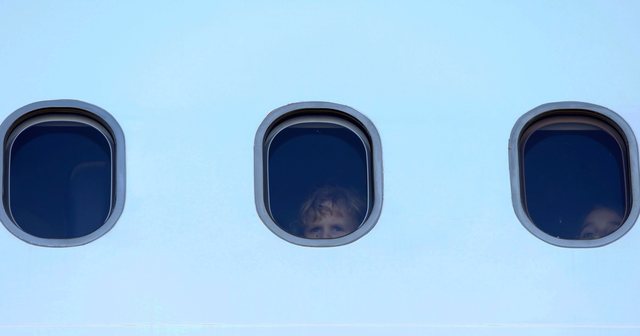
Since visa liberalization on January 1st of last year, the number of asylum seekers from Kosovo in the European Union has increased significantly. Now, a proposal from the European Commission could force them to return to Kosovo.
This is because the European Commission has proposed that asylum seekers from Kosovo and six other countries be allowed to return to their homelands, as it considers them safe countries.
It now remains for the European Parliament and Council to approve this proposal or not for the seven countries - Kosovo, Bangladesh, Colombia, Morocco, Tunisia, Egypt and India - from which a total of 200,000 people applied for asylum last year.
Just last year, the number of asylum seekers from Kosovo increased significantly compared to previous years.
From January 1, 2024, after many years of waiting, Kosovars have been able to travel through the 29 member countries of the Schengen area, mainly EU member states, without the need for a visa.
This visa liberalization allows visa-free travel for only up to 90 days - within six months - to any of the 29 member states of the Schengen area.
In principle, visa-free travel should be for tourist visits, family matters or similar purposes, and not for work or other benefits. However, even before the liberalization, numerous organizations had warned that visa liberalization could worsen the migration trend from Kosovo.
And, data from the EU's statistical office (Eurostat) shows that exactly this has happened.
Although not at the levels that many non-governmental organizations had warned about, the trend of increasing asylum seeker requests is continuing this year.
As in previous years, France remains the main destination for Kosovars seeking asylum in European Union countries, followed by Germany.
Germany has also been targeted by many Kosovars in recent years due to the simplified employment procedures. However, since the procedures for obtaining a work visa have been simplified, these people are not included in asylum applications and the number is smaller.
Among asylum seekers from Kosovo to the EU, the majority are young people under the age of 18 and men. However, in recent years, the difference in the number of female and male asylum seekers has decreased.
Following visa liberalization, the number of Kosovars forced to return to Kosovo has also increased, as part of agreements for the readmission of citizens whose asylum requests are rejected or who are caught staying illegally.
In the first quarter of this year alone, almost half of all those readmitted during 2023, before liberalization, have returned.
Most of them return from European Union countries.
In addition to being included in the list of countries where the EU intends to return asylum seekers in an accelerated procedure, the trend of higher applications also jeopardizes the visa liberalization agreement.
The European Union has in place the so-called Visa Suspension Mechanism. With this mechanism, a non-EU country, such as Kosovo, can have its visa exemption temporarily suspended if it abuses it.
There are four scenarios where the Visa Suspension Mechanism would be activated:
So far, the EU has not expressed concern about increased migration or asylum requests from Kosovo, nor have organizations representing businesses from Kosovo expressed concern that workers are leaving en masse.
However, this year the EU is considering the possibility of tightening this mechanism in such a way that it would be easier to return the visa regime to 61 countries, which includes Kosovo and other Western Balkan countries. REL
Latest news



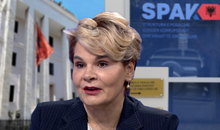



Op-Ed | Korça is emptying. Who is to blame?
2025-04-22 20:56:36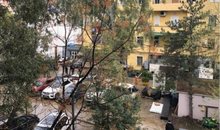



Berisha calls on diaspora: Don't photograph the vote, remain free citizens
2025-04-22 20:06:03



The KPA is requested to dismiss prosecutor Afrim Shehu.
2025-04-22 18:35:49
Accused of corruption, GJKKO jails the head of Tirana Road and his colleague
2025-04-22 18:15:17
Dom Gjergj Meta publishes video: The last child who met Pope Francis is Albanian
2025-04-22 17:55:53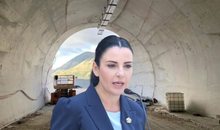


Three foods that contain more iron than meat
2025-04-22 16:52:08




Milk, cinnamon and honey, natural cure for headaches
2025-04-22 16:02:40
Rama's bullying language/ ISP calls on political parties: End the insults!
2025-04-22 15:49:11

The US dollar plunges, hitting its lowest value in three years
2025-04-22 15:14:11
Jola Hysaj: Saint Vlash deserves roads, cleanliness and dignity
2025-04-22 15:00:31
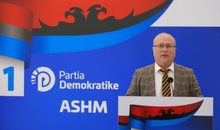

What is the new pope named?
2025-04-22 14:31:20



Gunshots fired, police find three shell casings in Fushë Krujë
2025-04-22 13:53:23

Italian government declares 5 days of mourning for Pope Francis' death
2025-04-22 13:36:40

April 22, International Earth Day
2025-04-22 13:10:16







"Food insecurity", Muçollari: We are in conditions of a national emergency
2025-04-22 11:50:33
Balluk affair, SPAK seizes Llogara tunnel tender documents
2025-04-22 11:29:13


Eight foods that instantly relieve constipation
2025-04-22 11:04:13
Pope Francis' funeral will be held on Saturday
2025-04-22 10:42:51
Head of the Procurement Commission Jonaid Myzyri appears at SPAK
2025-04-22 10:33:47

Italy/ 25-year-old Albanian injured by compatriot
2025-04-22 10:15:54
The Roskovec Zegjineja, as a tool of Balluk's propaganda
2025-04-22 10:02:43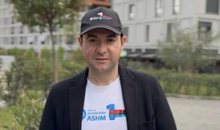


Apartment in Fier engulfed in flames
2025-04-22 09:31:50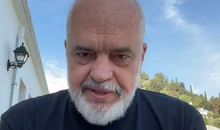


Foreign exchange, April 22, 2025
2025-04-22 08:51:36

Horoscope, what do the stars have in store for you today?
2025-04-22 08:19:04

Morning Post/ In 2 lines: What mattered yesterday in Albania
2025-04-22 07:50:50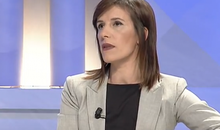
Arrest of 'Rrugore' bosses, Lala: There is a structured group within the police
2025-04-21 22:57:16

"It's over", Noka reacts to Kavaja: Rama's perverse behavior with children
2025-04-21 22:19:07
Tabaku: The majority's political offer is the language of scum
2025-04-21 22:00:27
Ukraine attacks Russian air base in Kursk, at least 20 dead
2025-04-21 21:45:29
The 3 zodiac signs that never forget a betrayal (even if they forgive)
2025-04-21 21:39:07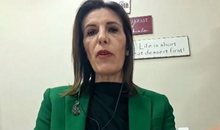
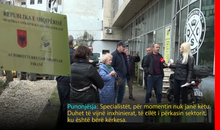


America lowers flags to half-staff in honor of Pope Francis
2025-04-21 20:56:53
Vatican reveals cause of Pope Francis' death: He suffered a stroke
2025-04-21 20:25:06


The Last Pope Before the World Disappears/ Nostradamus' Scary Prediction
2025-04-21 19:28:52

Who could be the next Pope? 6 possible names
2025-04-21 19:04:15


Why is only one party campaigning in Albania?
2025-04-21 18:37:56




Accident in the Murriz Tunnel, traffic blocked, several injured
2025-04-21 17:28:52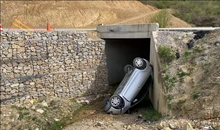
Car falls off bridge in Pogradec, mother and daughter injured
2025-04-21 17:01:32


The constitutive session of the Kosovo Assembly is postponed for the fifth time
2025-04-21 16:22:52


Pope Francis passes away, Catholic Church organizes Mass of Light in his honor
2025-04-21 15:48:08
When bullying is offered as a model from the top of power
2025-04-21 15:35:34
